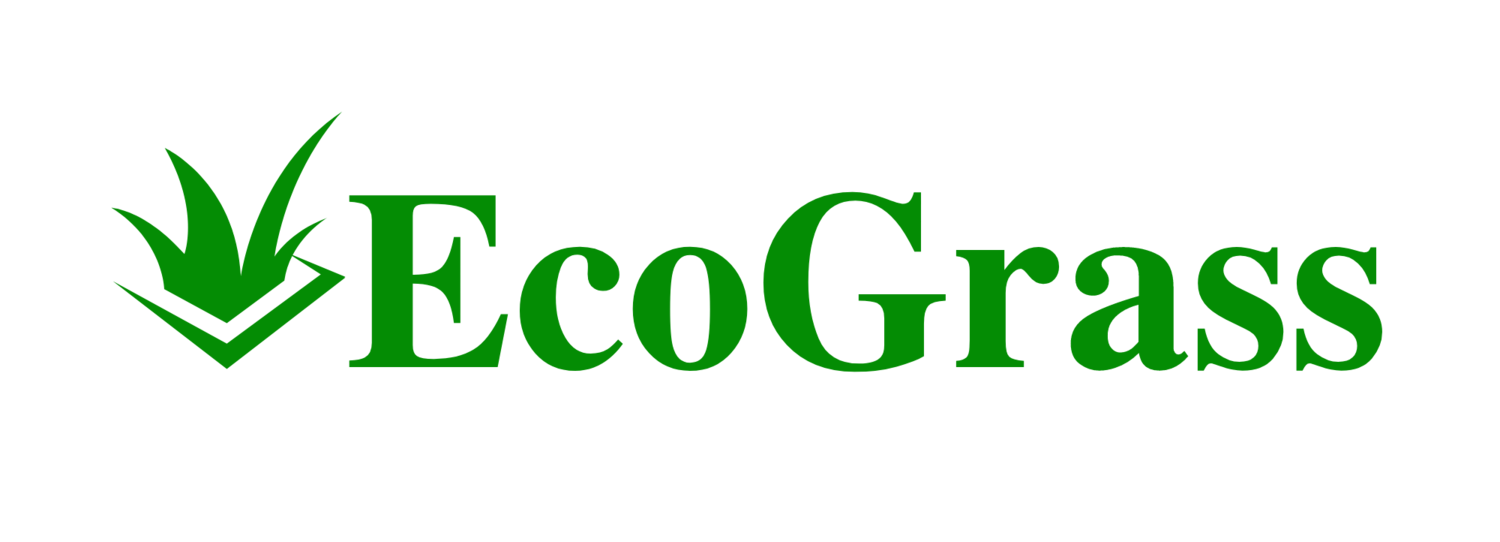Pros and Cons of Artificial Grass for Dogs: A Comprehensive Guide
When considering an alternative to natural grass for your canine companion, artificial grass presents itself as an appealing option. It provides a year-round green space with minimal maintenance required, and it's quickly becoming a popular choice for pet owners. Unlike natural turf, artificial grass doesn't need to be mowed, watered, fertilized, or reseeded, which can save you considerable time and effort.
You might be exploring artificial grass because of its durability. It withstands wear and tear from dogs, staying intact even with the most energetic of pets. Moreover, the non-toxic materials used in its manufacture ensure that it's safe for dogs, addressing a significant concern for pet owners regarding the ingestion of potentially harmful substances. Artificial turf can also spare you from the muddy patches that dogs often create in natural grass, contributing to a cleaner and more hygienic environment for both your dog and your home.
Despite its advantages, it's important to weigh the pros and cons. For instance, the initial installation cost is typically higher for artificial grass when compared to planting natural turf. You'll also want to consider the texture and heat absorption of artificial grass, which can differ from that of natural grass, potentially influencing your dog's comfort and behavior outdoors. Understanding the full spectrum of benefits and challenges will help you make an informed decision on whether artificial grass is the right choice for your pet and your lifestyle.
Advantages of Artificial Grass for Dogs
When considering a lawn that accommodates your furry friends, artificial grass presents an inviting host of benefits. It provides a pet-friendly surface that is highly durable and easy to maintain, ensuring a safe and clean outdoor environment for your dogs.
Pet-Friendly Surface
Artificial grass for dogs is designed with pet-friendly features that prevent the issues often found with natural grass. Your pet can play and lounge on a surface that's free from pests and allergens, which can be a common irritant with traditional grass. Because it doesn't require fertilizers or pesticides, the synthetic material is non-toxic, ensuring your dog's play area is safe.
Easy Maintenance
One of the greatest pros of artificial grass with dogs is the low maintenance required. Unlike natural grass, there's no need for mowing, seeding, or watering. The easy to clean nature of synthetic turf means a simple hose down can remove waste, and the design typically allows for excellent drainage, keeping the area clean and hygienic.
Clean-up: Quick and simple
Upkeep: Minimal effort required
Durability and Safety
Artificial grass is both durable and long-lasting, standing up to the wear and tear of paws and play. With a strong backing, the synthetic turf remains intact despite energetic activities, meaning your lawn is free from holes or torn areas. Safety is paramount; the non-toxic materials used in pet-friendly artificial grass ensure that your dogs are playing on a surface that won't lead to harm.
Surface integrity: Resistant to digging and wear
Materials: Safe for pet contact
Challenges and Considerations
While artificial grass may seem like a hassle-free alternative for your canine companion's outdoor space, there are several challenges and considerations to bear in mind. These include health and comfort issues that can affect your dog, as well as environmental concerns and financial implications for you as the homeowner.
Health and Comfort Concerns
The heat retention in synthetic turf can cause it to become uncomfortably hot for your dog, especially in direct sunlight, potentially leading to heat-related discomfort or harm. Safety is paramount, and while artificial grass is made from non-toxic materials, presenting minimal risk of poisoning, it does not guarantee immunity from heat-related stress. An immediate challenge is odor buildup. Artificial grass does not absorb liquid waste as natural grass does, which means you need to be diligent about cleanliness to prevent lasting odors.
Comfort: Artificial grass doesn't absorb heat like natural surfaces, which could discomfort your dog.
Safety: Non-toxic materials make it a safe choice, although overheating remains a concern.
Allergens: Low allergen count is a plus, potentially reducing allergic reactions.
Parasites: A lower risk of fleas and ticks, also contributing to enhanced safety.
Environmental and Cost Factors
When it comes to the environment and your wallet, artificial grass has pros and cons. Its initial investment might be substantial, but consider it an initial cost for long-term savings on maintenance. Yet, you cannot overlook the environmental impact. The production and disposal of synthetic materials may contribute negatively to your ecological footprint. Also, artificial grass lacks the natural ability to break down liquid waste, necessitating additional effort to manage odor and hygiene.
Initial Cost: Higher than seeding natural grass, but could be offset by long-term savings on maintenance.
Investment: Consider long-term savings on water, fertilizers, and gardening equipment against upfront costs.
Environmental Impact: Producing and disposing of synthetic materials can be damaging to the environment.
Chemicals: No need for fertilizers or pesticides reduces the exposure to harmful chemicals.

